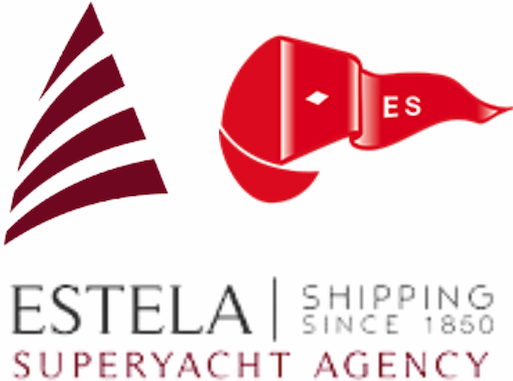The EU’s Entry/Exit System (EES) is being rolled out between now and April 2026. All airports and official Schengen Border Crossing Points (BCPs) will cease passport stamping, replaced by biometric kiosks. The self-operated kiosks require all non-EU visitors arriving and departing to scan their passports, along with a fingerprint and face scan.
Because many maritime ports do not have live EES kiosks from the outset, the delay creates a significant interim vulnerability. The primary risk is that an electronic entry record (by air or sea) may not be successfully linked to a later exit, potentially generating an overstay alert. For yacht crew specifically, the mismatch between digital passport scanning at airports and analogue stamping at sea ports presents the additional risk of being unable to be stamped (out) on board their vessels.
Arriving at Palma, for example, seafarers from the UK, South Africa, or elsewhere will be EES-checked at the airport, instead of receiving an entry stamp in their passport. Later, when presenting at Palma’s Port police with all the commensurate boat documents, officers will decline to stamp them out because of the absence of an entry stamp. No stamp in means no stamp out.
Here at ESTELA Superyacht Agency, we have periodically enquired with local police over the past few months, asking about a possible interim process until EES is installed at the port. Our hope had been that officers may be able to verify digital entry/exit records on a centralised system and thence issue the usual ink stamp on board, and vice versa. Imagine our disappointment at their reply this week…
“The electronic system is not scheduled to begin in October at the port of Palma de Mallorca. We will keep you informed”
Port of Palma Police Station
Prepare for chaos
Regardless of any electronic EES registration at the airport of arrival, ***crew must ensure a border officer physically stamps their passport***. This stamp provides the essential, verifiable proof of entry that maritime border officials require to process an exit from a seaport BCP without fully operational EES equipment.
An EES entry record created at an airport may not be immediately visible or accessible to authorities at a maritime BCP that is still using transitional procedures. A passport stamp is the definitive fallback credential during the system’s rollout.
Essential protocol for crew
Upon air arrival: Proactively request a passport stamp from the border officer at the airport immigration booth. Do not rely solely on the electronic EES process; ensure a physical ink stamp is applied. Upon sea departure: The stamped passport must be presented to border officials at the designated maritime BCP for exit processing. The stamp is the primary document that facilitates and justifies the exit record.Retain documentation: Keep all supporting documents, such as boarding passes and flight itineraries, to corroborate the entry stamp if required. If possible, carry a letter from the boat to document any shore leave and any other documentation pertaining to your travel.
Conclusion
Until EES is fully operational and integrated across all Schengen BCPs, the passport stamp remains the most critical document for crew. It is the indispensable link that connects an air entry to a sea exit. Ensuring you receive this stamp upon arrival is the single most important action to mitigate the risk of being incorrectly flagged for an overstay.
NB. EES does not apply to holders of residence permits and long-stay visas
For any queries or support with visas and immigration, contact us at palma@estelashipping.net or call +34 971 722 532
